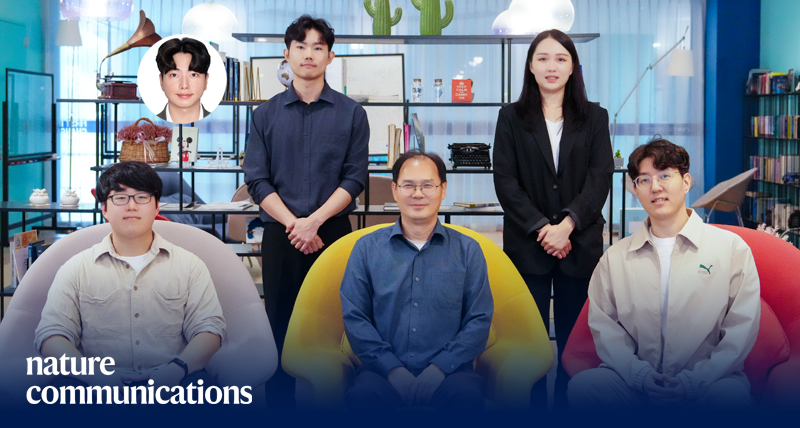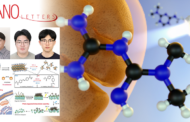A research team, led by Professor Jung-Woo Yoo from the Department of Materials Science and Engineering at UNIST has unveiled a new type of magnetic memory device, designed to reduce power consumption and heat generation in MRAM semiconductors. Their innovative work was published in the prestigious journal, Nature Communications on October 10, 2024.
Magnetic Random Access Memory (MRAM) represents the next generation of memory technology, combining the strengths of NAND flash and DRAM. It is a non-volatile storage solution, meaning data is preserved even when the device is powered off, while also achieving speeds comparable to DRAM. MRAM has already seen commercialization in sectors requiring fast and reliable data access.
Traditional MRAM devices rely on electric current to write and erase data. In these devices, when the magnetization directions of the two magnetic layers are aligned (parallel), the resistance is low; when they are opposite (antiparallel), the resistance is high. Data is then represented as binary states (0 and 1) based on these configurations. However, changing the magnetization direction necessitates a current exceeding a critical threshold, which leads to significant power consumption and heat generation.
In contrast, the memory device developed by Professor Yoo’s team allows for data writing using only voltage pulses. This innovative device features a structure where graphene is sandwiched between yttrium iron garnet (a magnetic insulator) and PVDF-TrFE (a ferroelectric material). Upon application of a voltage pulse, the current flow through the graphene is altered, enabling the storage of binary data based on this current direction.
The research employs advanced physics concepts, including the inverse Edelstein effect and ferromagnetic resonance (FMR). The spin current injected into graphene via the magnetic insulator’s ferromagnetic resonance converts into charge current through the inverse Edelstein effect. By applying a voltage pulse to the ferroelectric, the Fermi level of the graphene shifts, thus modifying the current direction.
Professor Yoo stated, “This study lays the groundwork for addressing the power consumption challenges of AI semiconductor devices, significantly reducing heat generation and energy use while enhancing performance.”
The research team also included Dr. Choi Jong-hyun, the first author from UNIST’s New Material Engineering Department; Dr. Park Jung-min from KAIST, a former member of UNIST’s New Material Engineering Department; Professor Kim Kyung-hwan from Yonsei University; and Dr. Kim Choong-hyun from KIAS. This work was supported by the Korea Research Foundation’s Next Generation Intelligent Semiconductor Technology Development Project, the Nano and Material Technology Development Project, and the Basic Research Project.
Journal Reference
Jonghyeon Choi, Jungmin Park, Seunghyeon Noh, et al., “Non-volatile Fermi level tuning for the control of spin-charge conversion at room temperature,” Nat. Commun., (2024).












